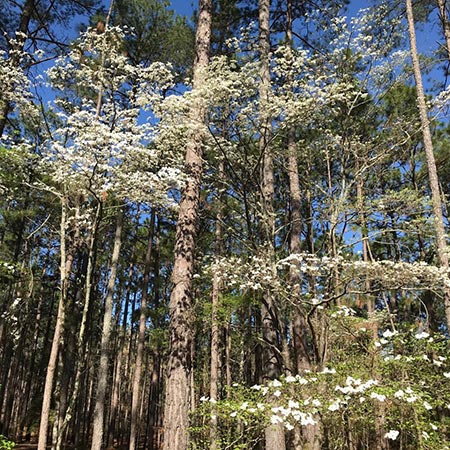At Home In The Pines
When you visit the Pinehurst, Southern Pines, Aberdeen area you’ll find yourself in a very unique place, full of tall pine trees, gentle breezes and crystal blue days. It’s quite often the golf that first draws people to the area. But it’s the beauty and pace of life that make them want to return.

